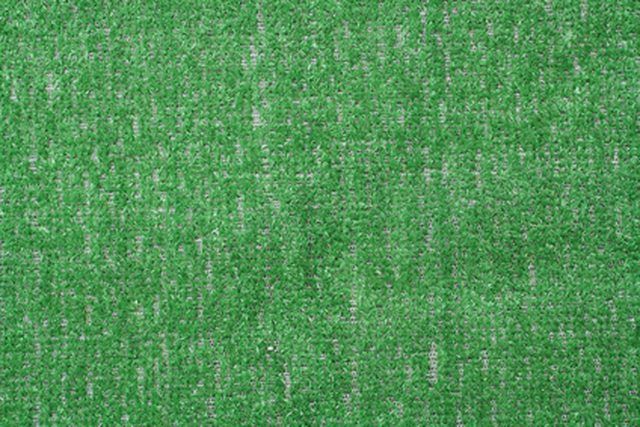Bulbs
Flower Basics
Flower Beds & Specialty Gardens
Flower Garden
Garden Furniture
Garden Gnomes
Garden Seeds
Garden Sheds
Garden Statues
Garden Tools & Supplies
Gardening Basics
Green & Organic
Groundcovers & Vines
Growing Annuals
Growing Basil
Growing Beans
Growing Berries
Growing Blueberries
Growing Cactus
Growing Corn
Growing Cotton
Growing Edibles
Growing Flowers
Growing Garlic
Growing Grapes
Growing Grass
Growing Herbs
Growing Jasmine
Growing Mint
Growing Mushrooms
Orchids
Growing Peanuts
Growing Perennials
Growing Plants
Growing Rosemary
Growing Roses
Growing Strawberries
Growing Sunflowers
Growing Thyme
Growing Tomatoes
Growing Tulips
Growing Vegetables
Herb Basics
Herb Garden
Indoor Growing
Landscaping Basics
Landscaping Patios
Landscaping Plants
Landscaping Shrubs
Landscaping Trees
Landscaping Walks & Pathways
Lawn Basics
Lawn Maintenance
Lawn Mowers
Lawn Ornaments
Lawn Planting
Lawn Tools
Outdoor Growing
Overall Landscape Planning
Pests, Weeds & Problems
Plant Basics
Rock Garden
Rose Garden
Shrubs
Soil
Specialty Gardens
Trees
Vegetable Garden
Yard Maintenance
Artificial Turf & Allergies
Artificial Turf & Allergies. Created from polyethylene and polypropylene materials, simulated to look like blades of grass, artificial turf also contains a cushion of recycled tire bits and silica. The rubber can become particlized and end up in the air to be breathed in by children playing on the turf. Environmentalists from the association known...

Created from polyethylene and polypropylene materials, simulated to look like blades of grass, artificial turf also contains a cushion of recycled tire bits and silica. The rubber can become particlized and end up in the air to be breathed in by children playing on the turf. Environmentalists from the association known as Grassroots Environmental Education believe that children should not play on materials that are considered too toxic for landfills. However, proponents of artificial turf argue that it is beneficial to people and pets with allergies, because it is hypoallergenic.
History of Artificial Turf
Artificial turf has been around since the 1950's, when it was known as Chemgrass. Its popularity grew in the 1970 through the 1980's as a substitute grass for sports arenas. However, its slippery surface caused an increase in bone fractures and other injuries. Today, the grass looks more realistic than the bright green fuzz known as Astroturf in the 1980's, and is now referred to as field grass or synthetic grass.
Types of Artificial Turf
Artificial sport turf is used year-round and is created to take a beating. Synthetic display grass is often used at exhibitions or in large malls where the emphasis is on visual beauty. Landscaping turf is perfect for lawns and parks, because of its easy maintenance and visual appeal. If you want your turf in orange, red, blue or purple, then artificial turf is for you. "Art turf" is often used in stage plays, television shows and movies.
Arguments against Artificial Turf
Those playing on artificial turf can be exposed to latex allergens via the rubber used in the turf. Synthetic grass may contain harmful chemicals which can be released as airborne toxins. Findings from a study conducted at the University of Texas in 2007 suggest that there might be a connection between certain types of skin infections and synthetic grass. Nearly 300 football players in the state of Texas were infected with MRSA from 2003 through 2005. According to the U.S. Centers for Disease Control and Prevention in Atlanta, this was a rate of 517 for every 100,000 players. The average is 32 in 100,000 players. The study indicates that some artificial turf might hold onto bacteria longer than grass or cause more skin abrasions and thus open the body up to infection more so than grass.
Arguments for Artificial Turf
Many faux grass companies make their turf from hypoallergenic materials, so they may actually help those with allergies. Synthetic turf reduces the need for pesticides, herbicides and fertilizers, thus cutting down on the harmful chemicals people with allergies have to breathe in when outside. Faux grass can be cleaned with soap and water, thus removing allergens which may have been brought onto the turf from an outside source.
Cost of Turf
The cost of synthetic turf averages between $6 and $10 dollars per square foot, as of 2010, which is much more than natural grass; however, faux grass lasts up to 10 years and you save money by not watering, resodding, fertilizing or mowing your lawn for the next 10 years. You also save money on allergy medications and trips to your allergist if you have hypoallergenic turf in your yard. However, you must also take into consideration the cost of removing the turf once it is past its prime. Since the fill in the turf is made from recycled rubber tires, it will need to be disposed of using strict environmental safety guidelines. According to the University of Arkansas Turfgrass Science division, disposing of fake turf could cost upwards of $130,000.